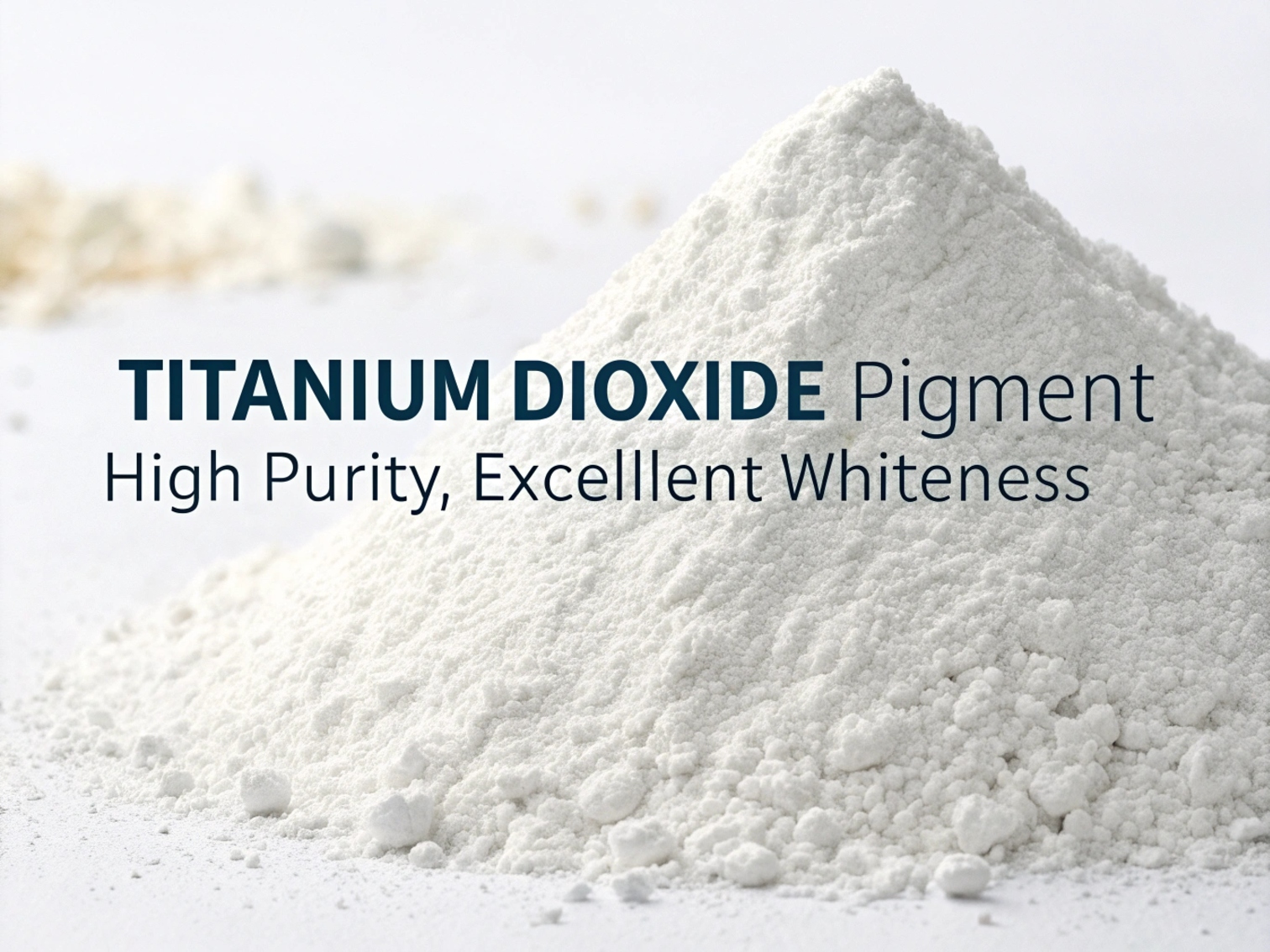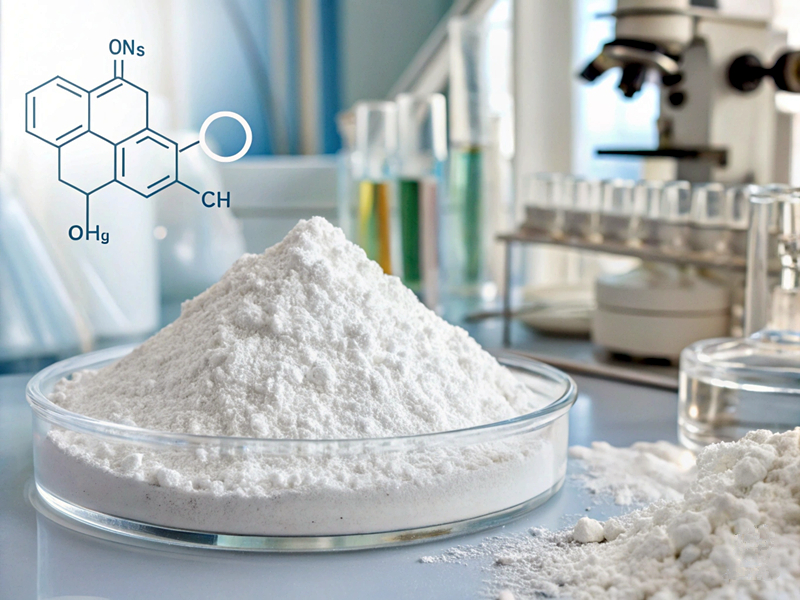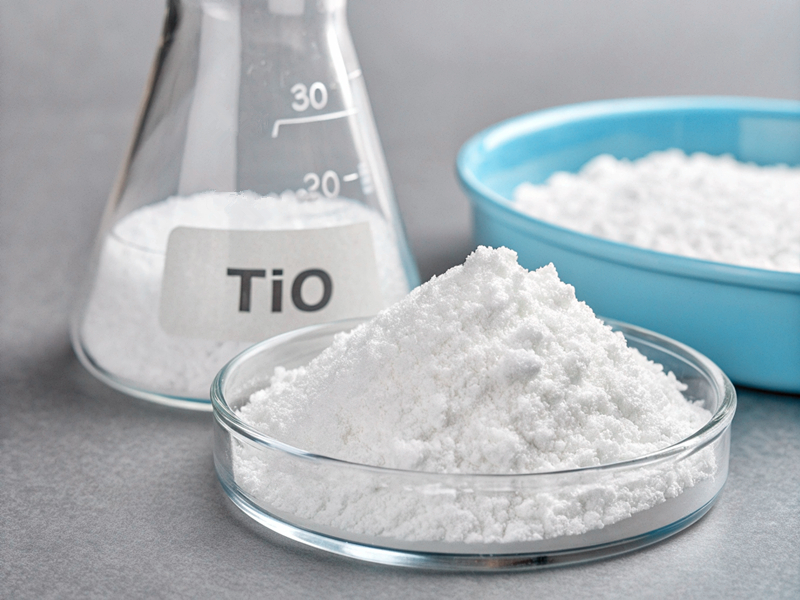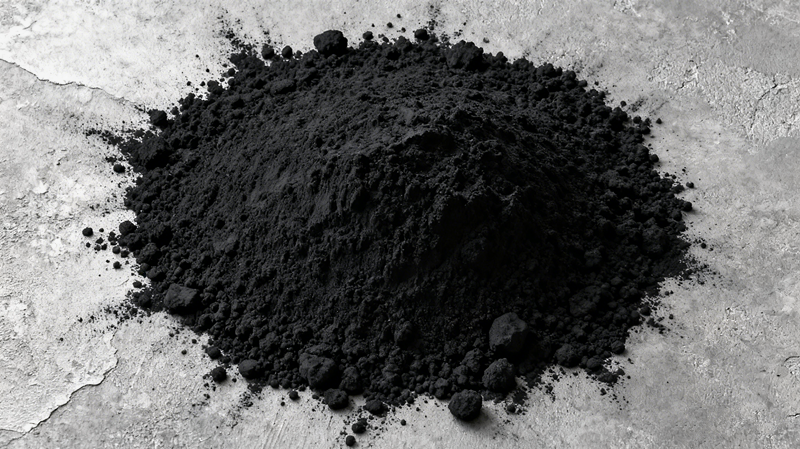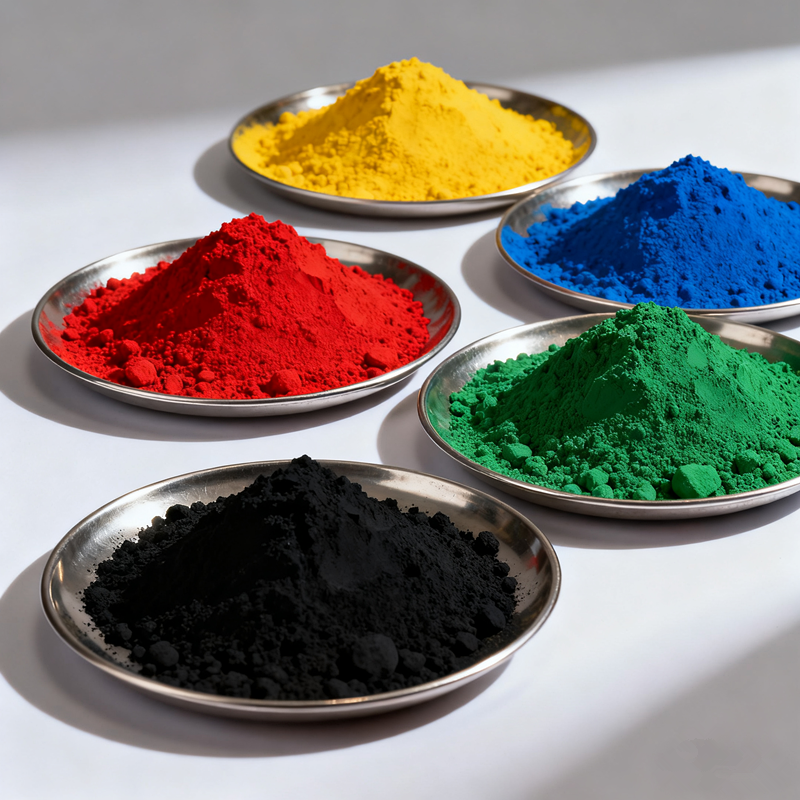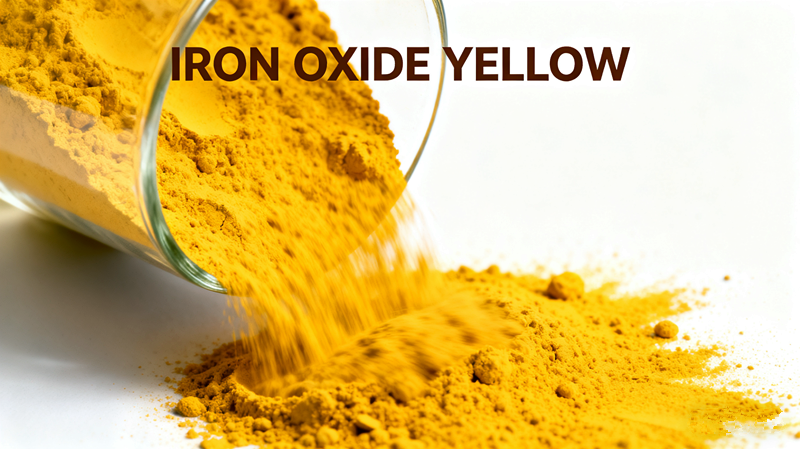Titanium dioxide (TiO₂) is a critical raw material in industries ranging from paints and plastics to paper and cosmetics. It’s known for its excellent whiteness, brightness, and opacity. But while demand for TiO₂ remains steady, choosing the right supplier can be a challenge — especially for manufacturers who depend on consistent quality, reliable logistics, and long-term pricing.
In this article, we’ll guide you through key factors to consider when selecting a high-quality titanium dioxide supplier1. Whether you’re sourcing for coatings, PVC, or masterbatch production, the right choice can impact your product performance and bottom line.
1. Check the Supplier’s Product Grades and Specifications
A reliable TiO₂ supplier2 should offer both rutile and anatase grades, depending on your application. Rutile grades are widely used in coatings, plastics, and inks due to their high durability and UV resistance, while anatase is preferred for paper and certain cosmetics.
Before committing, request a technical data sheet (TDS) and material safety data sheet (MSDS) for each grade. Check for parameters such as:
- TiO₂ content (usually above 94% for high-quality rutile)
- Oil absorption value
- Whiteness and brightness
- pH value
- Specific surface area
The best suppliers don’t just provide documents — they provide detailed answers to your questions.
2. Verify Certifications and Compliance
Compliance is key. A trustworthy supplier should comply with international standards such as:
- ISO 9001 for quality management
- REACH registration for the European market
- RoHS compliance for electronics and electrical applications
These certifications ensure that the supplier’s products meet safety and quality standards3. If you’re exporting to multiple markets, global compliance can reduce your legal and regulatory risks.
3. Evaluate Production Capacity and Stability
A high-quality supplier must have stable output and modern production lines. Ask about their annual capacity and how they handle large or rush orders. Larger manufacturers often have more stable pricing and supply, which is crucial in volatile global markets.
Also, consider the source of raw materials. Some suppliers mine their own ilmenite (TiO₂ ore), which gives them better control over quality and cost. Vertical integration is often a sign of reliability.
4. Assess Packaging, Shipping, and Lead Time
Packaging is more important than many buyers realize. Poor packaging can lead to moisture contamination or product loss. Make sure your supplier uses strong 25kg paper-plastic bags4 or jumbo bags for export.
Timely delivery is another must. Ask:
- How fast is the average lead time?
- Do they have export experience to your region?
- What logistics services do they offer?
If the supplier can provide CIF or DDP terms5 with tracking support, it’s a good sign that they understand global trade and care about customer convenience.
5. Look at Customer Reviews and Reputation
Search online for customer reviews, case studies, and industry mentions. A good reputation is often built over years of consistent service. You can also ask the supplier for contact information of current clients — especially those in your industry.
Reliable suppliers are transparent and willing to provide references. Beware of vendors who avoid these requests or overpromise without evidence.
6. Test the Product Before Large Orders
No matter how good the specs look on paper, testing a sample6 is non-negotiable. A trustworthy supplier will offer free samples or small trial orders so you can run quality checks in your own lab or factory.
Look for performance indicators like:
- Dispersibility in your system
- Tinting strength
- Hiding power
- Yellowing resistance
This step can save you money and trouble in the long run.
Final Thoughts
Choosing a high-quality titanium dioxide supplier isn’t just about price — it’s about reliability, consistency, and trust. With raw material costs rising and customer expectations growing, manufacturers can’t afford downtime or quality issues caused by poor sourcing.
Use this checklist as a guide, and don’t hesitate to compare multiple suppliers. A little research now can lead to long-term partnerships that support your business growth.
If you're looking for consistent quality and experienced support in the titanium dioxide market, it's worth exploring suppliers with proven expertise in global distribution and pigment manufacturing. You can learn more about available grades, technical data, and export services by visiting www.xtpigment.com.
-
Understanding the best practices for selecting a titanium dioxide supplier can significantly enhance your sourcing strategy and product quality. ↩
-
Learn how to select a trustworthy TiO₂ supplier to ensure you get quality products for your applications. ↩
-
Exploring safety and quality standards helps ensure your products meet necessary regulations and consumer expectations. ↩
-
Explore this link to understand how 25kg paper-plastic bags enhance product safety and reduce contamination risks. ↩
-
Learn about CIF and DDP terms to understand how they impact shipping costs and customer convenience in global trade. ↩
-
Understanding the importance of testing samples can help ensure product quality and reliability before making a larger investment. ↩


